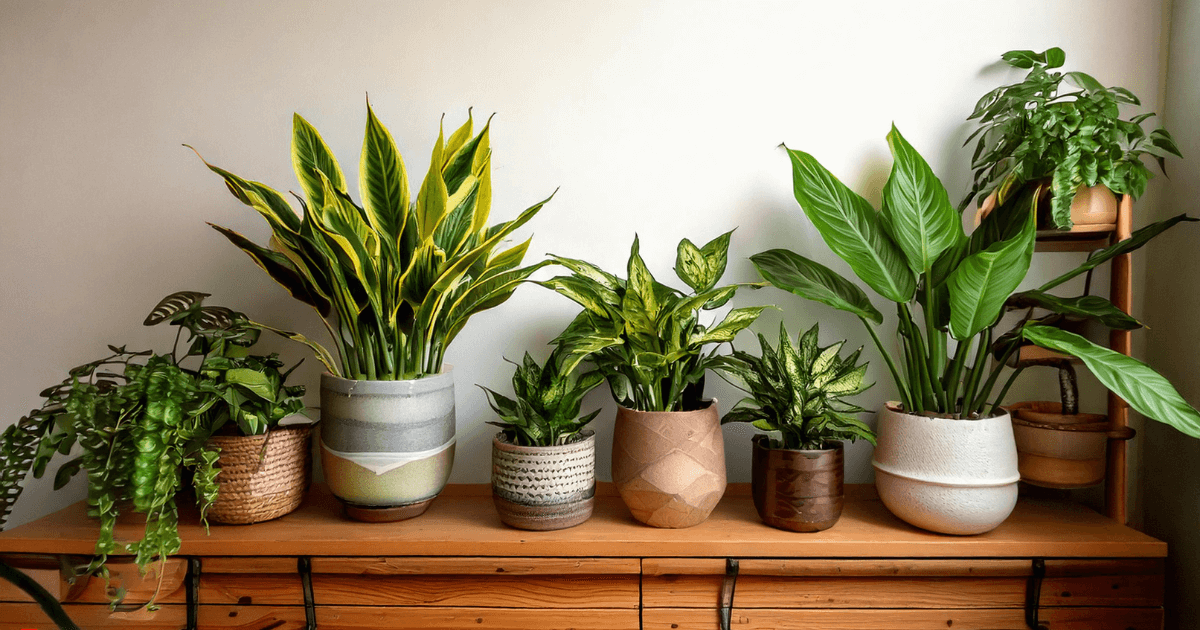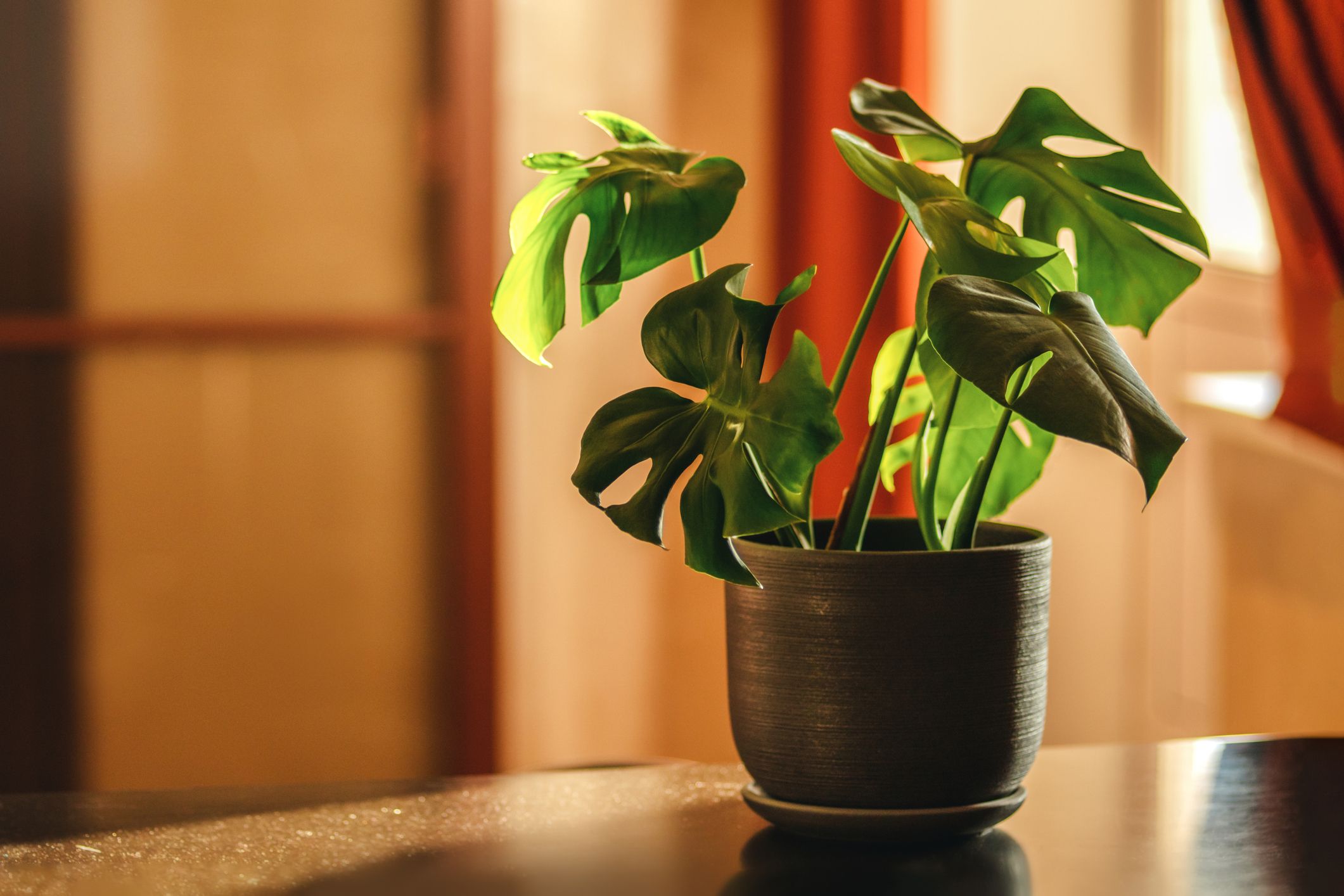How to Care for the Best Low-Light Indoor Plants in Any Environment
How to Care for the Best Low-Light Indoor Plants in Any Environment
Blog Article
Transform Your Home With Beautiful Low-Light Indoor Plants and Their Advantages
Integrating low-light interior plants into your home can significantly boost both the visual and ecological high quality of your space. These plants, which grow in dark conditions, serve not only as decorative elements however likewise as all-natural air cleansers, making them perfect for urban occupants or those with limited sunshine direct exposure. As we discover the numerous sorts of low-light plants and their advantages, you might find surprising means to incorporate them into your home that can change your environments in ways you may not have expected.
Advantages of Low-Light Plants
Low-light plants provide numerous advantages for indoor atmospheres, making them an excellent choice for both newbie and knowledgeable gardeners. Among the key advantages is their versatility to low-light problems, allowing individuals to boost their living areas without the need for considerable sunlight exposure. This particular makes them suitable for houses, workplaces, and various other locations with limited natural light.

In addition, integrating low-light plants right into home décor can elevate the visual appeal of a room. Their rich foliage and varied appearances produce a relaxing ambience, adding to overall health. Lastly, the presence of plant has been connected to reduced stress and anxiety degrees and enhanced efficiency, making low-light plants a practical choice for enhancing both psychological and physical wellness in indoor setups.
Leading Low-Light Indoor Plants
While numerous indoor plants thrive in intense light, several types are particularly appropriate for low-light conditions, making them optimal for different interior areas. One popular choice is the Snake Plant (Sansevieria), understood for its striking upright leaves and strength, calling for marginal care. Another superb choice is the Pothos (Epipremnum aureum), which features heart-shaped fallen leaves and can trail beautifully from wall mounts or racks, prospering in reduced light and including a lush touch.
The ZZ Plant (Zamioculcas zamiifolia) is celebrated for its glossy fallen leaves and capability to withstand overlook, making it best for busy way of lives. In a similar way, the Tranquility Lily (Spathiphyllum) not just tolerates low light but also produces stunning white blossoms, enhancing any room's visual.
For an one-of-a-kind touch, take into consideration the Cast Iron Plant (Aspidistra elatior), which certainly meets its name, prospering in the darkest edges of your home. Last but not least, the Chinese Evergreen (Aglaonema) offers a selection of leaf patterns and colors while being exceptionally flexible in low-light conditions. These plants not only improve indoor settings however also add to air filtration, improving your space.
Treatment Tips for Low-Light Plants

Watering methods are crucial; these plants commonly like slightly dry conditions. Overwatering can lead to root rot, so ensure that the leading inch of soil is completely dry before sprinkling once again. Usage pots with water drainage holes to i loved this allow excess moisture to escape.
Moisture is another vital aspect. Lots of low-light plants, such as brushes and tranquility lilies, take advantage of greater moisture levels. To raise humidity, consider misting the fallen leaves or putting a tray of water near the plants.
Fertilization must be come close to with care. During the growing period, use a watered down, well balanced fluid fertilizer on a monthly basis to sustain growth, yet prevent feeding during the inactive winter season months.

Imaginative Ways to Display Plants
Indoor plants can act as exciting prime focus in any area, enhancing both visual charm and setting. Creative display screens can boost the aesthetic effect of low-light plants, making them an essential part of your home decor. One efficient approach is to use tiered plant stands, which enable you to display multiple plants at varying heights while making the most of floor area.
Hanging planters are an additional innovative choice, creating a sense of depth and attracting the eye upward. Take into consideration macramé hangers or wall-mounted shelves to present an unique appearance and style.
For a more organized technique, usage geometric terrariums or glass containers to house your plants, including a modern-day touch to your indoor garden. You can also repurpose vintage products, such as teacups or wooden crates, for a diverse display that reflects your individuality.
Enhancing Home Atmosphere With Plants
Incorporating low-light plants right into your home not just improves visual charm yet likewise adds considerably to the general atmosphere. These plants work as all-natural decor aspects, presenting a feeling of serenity that can change any kind of area. The presence of greenery promotes a soothing environment, which is especially valuable in high-stress atmospheres such as home workplaces or living areas.
Low-light plants, such as snake plants, pothos, and ZZ plants, are not only visually pleasing but additionally boost interior air high quality by filtering system toxins. This twin feature improves the atmosphere better, producing a much healthier home (Best low-light indoor plants). The critical placement of these plants can likewise affect the understanding of room; click to read for example, high plants can draw the eye upwards, making ceilings appear greater and rooms much more spacious
Additionally, varying textures and colors of foliage add depth to indoor style, enabling imaginative expression in home designing. Whether positioned on racks, in edges, or as centerpieces, low-light plants can elevate the mood of any type of area. In recap, integrating these plants right into your home is an efficient way to promote a cozy, inviting environment while profiting of boosted air quality and aesthetic versatility.
Conclusion
Incorporating low-light indoor plants right into home atmospheres uses numerous benefits, including improved visual allure and improved air high quality. These resistant plants, such as the Serpent Plant and Peace Lily, require minimal light and upkeep, making them ideal for diverse way of livings. Their capability to filter pollutants adds to a healthier space, while their different textures and colors enhance interior decoration (Best low-light indoor plants). Eventually, the incorporation of low-light plants promotes a serene and inviting setting, changing any type of home into a relaxing oasis.
While numerous indoor plants grow in brilliant light, numerous varieties are particularly browse around these guys well-suited for low-light conditions, making them excellent for different indoor areas. One efficient approach is to use tiered plant stands, which permit you to showcase multiple plants at varying heights while making the most of floor room.
Low-light plants, such as snake plants, pothos, and ZZ plants, are not just visually pleasing yet additionally enhance interior air quality by filtering pollutants. Best low-light indoor plants. The calculated positioning of these plants can also influence the understanding of space; for instance, tall plants can draw the eye upwards, making ceilings appear higher and spaces a lot more large
These resistant plants, such as the Snake Plant and Peace Lily, call for very little light and maintenance, making them ideal for varied way of livings.
Report this page